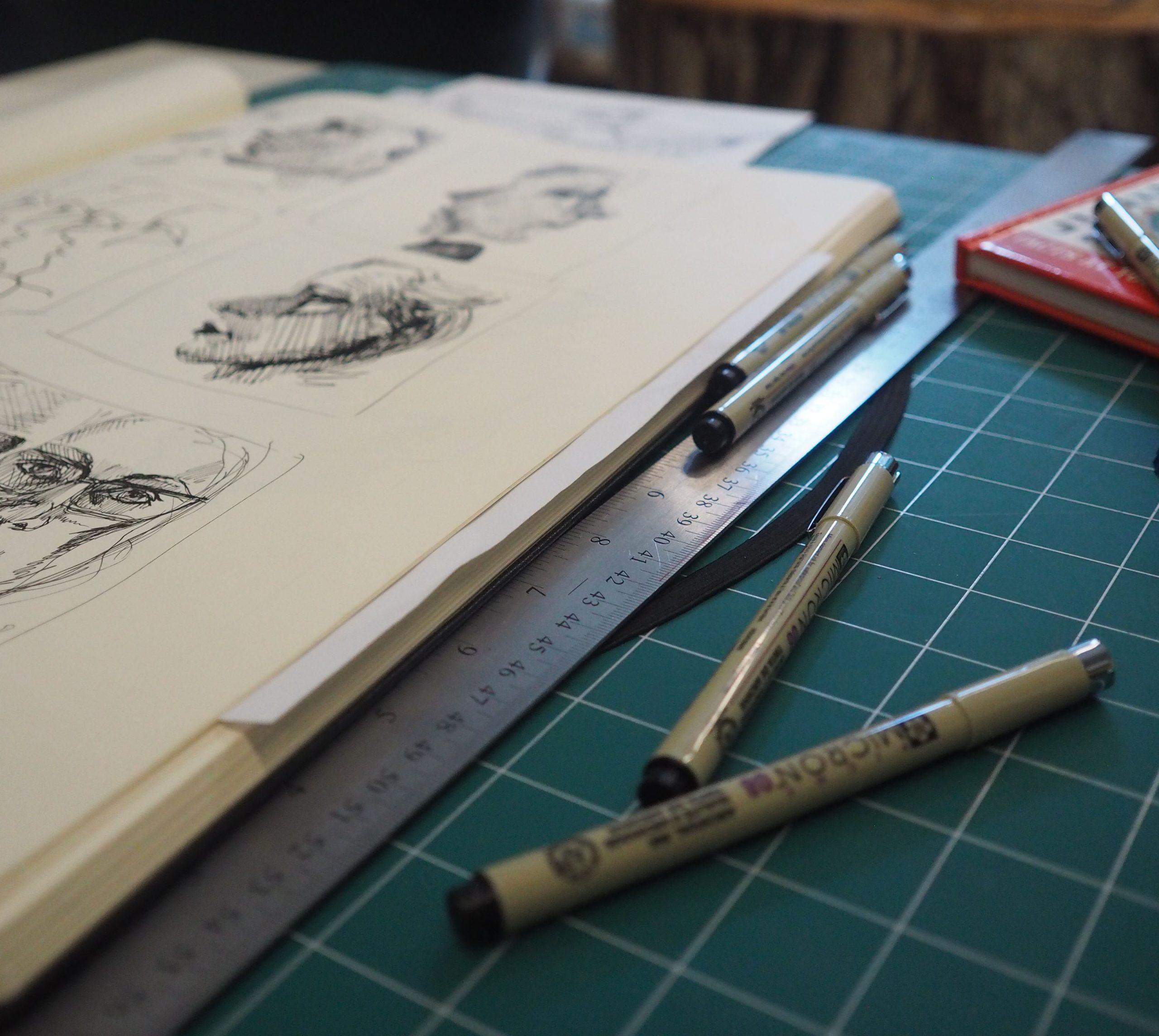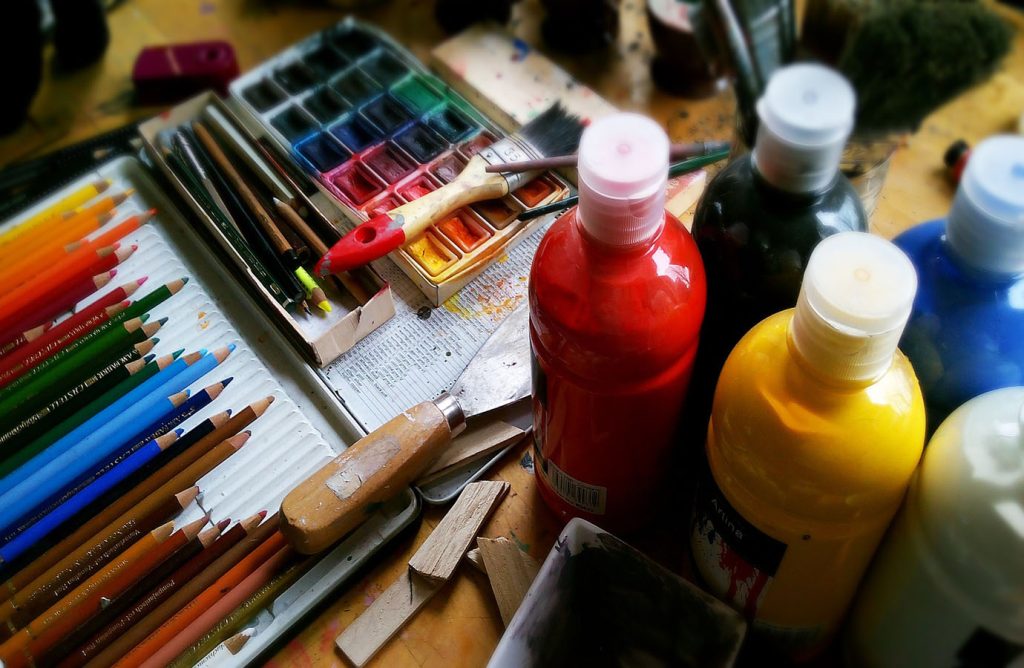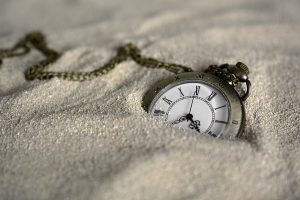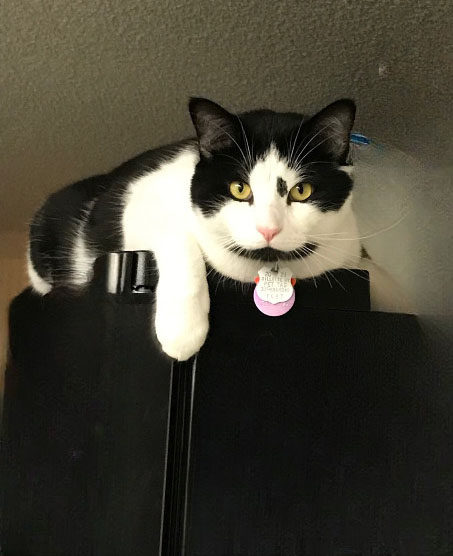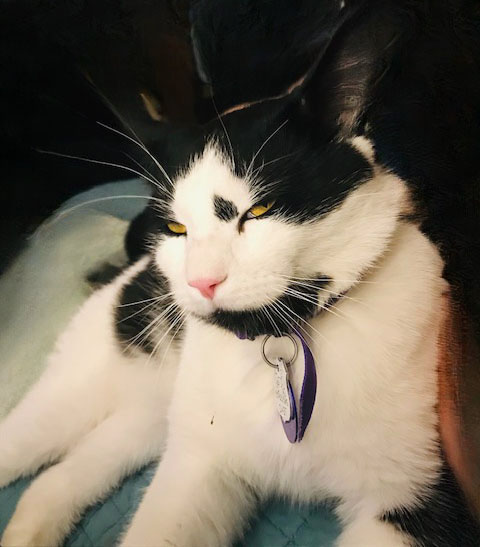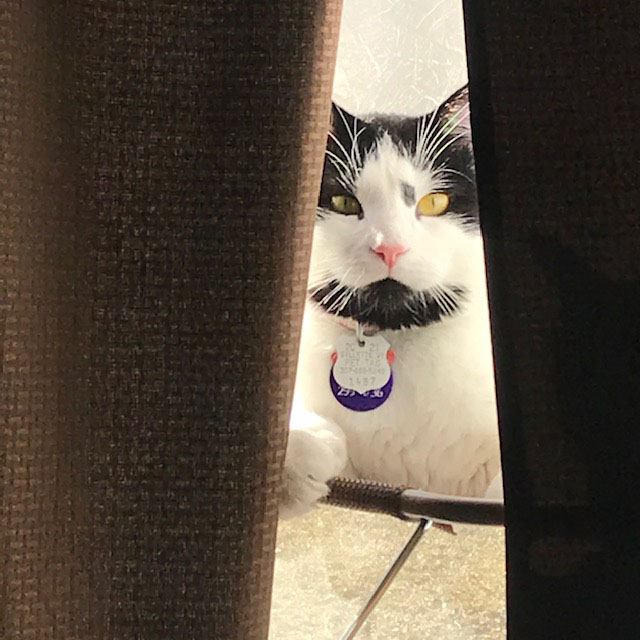I think I’m too literal to learn a new language. I’ve been studying German for the past few years now and can’t come to grips with some of the Yoda-like sentence structure. My mind wants it neat and orderly like English. I hate having to chase verbs all over the sentence. But every once in a while, my mind will parse a sentence without effort, Yoda-like or not. That fans the flame of hope.
I’ve been using a mix of Duolingo, Babel, videos, and various books to try and learn, hoping what grammar tidbits not said in one thing will be addressed in another. The linear mindset at work again. I want logic, damnit, and explanations that make sense. A video on YouTube promised a foolproof way to figure out Der, Die, Das as they relate to masculine, feminine and neuter nouns. A concept I struggle with. Moon is masculine, Sun is feminine, and Sea is neuter. Linear brain balked. The promised way was not foolproof, and all my other sources finally said, “Eh, just memorize them.” Short of swallowing a dictionary, I don’t see how.
Flash me
Flashcards to the rescue. Through sheer repetition, I’ve got a lot of the articles nailed down. Maybe that’s how to deal with a somewhat linear brain. Hammer things home. Okay, bludgeon. I slowly started picking up the forms for different cases. It’s like elementary school Daily Oral Language lessons all over again. Without the chalkboard dust. Just papercuts.

In a fit of optimism, I started learning yet another language. Norwegian. I found that the German study was helping me pick up Norwegian a little quicker. A lot of words are similar to German, just spelled differently. I admit to substituting a German word when I couldn’t remember the Norwegian one. I’m sure Norwegians would understand. I like the Norwegian language. Sometimes there is a Yoda sentence, but articles don’t change willy-nilly, and I got used to the umlauts, just like in German. Linear brain seems content with Norwegian.
You know what else you need?
Then I thought hey, I took Spanish for four years in High School, how hard could it be to relearn? (Rational brain, linear’s smarter brother, said, “Don’t add another language. Don’t. Please.”.) Happily, I did remember a lot of the language. And it’s not close enough to German or Norwegian to trip me up. Linear brain is still struggling with question formatting, however.

I’ve grown to like the hardness of spoken German, and its barked commands. The lilt of Norwegian is nice, and so is the flow of Spanish. I peeked into Danish just to see how close to Norwegian it was. Close enough, but am I going to Denmark any time soon? No. Norway? Probably not. Closest I’ve come is watching Ice Road Rescue (set in Norway) on Disney Plus. Bonus, I even picked up a swear word or two. We’re thinking about a trip to Germany. At least I can converse on the level of a five-year-old. Spanish just seems handy to know.
Derectius Cerebri
Where does this leave linear brain? Learning to relax. Not every word has to be in rigid order, which actually makes it easier to write my poems and novels. Not sure why but chilling out over language makes it easier to approach my work with an open mind. If linear brain needs some structure that day, I can always recite the alphabet in 4 different languages. So of course Amazon offered up a copy of a Wheelock’s Latin textbook really cheap. Who could pass that by? I’ve always wanted to learn Latin…
Other Essays
The Value of Silence in an Uncertain World
Philosophy Class Refresher Course


